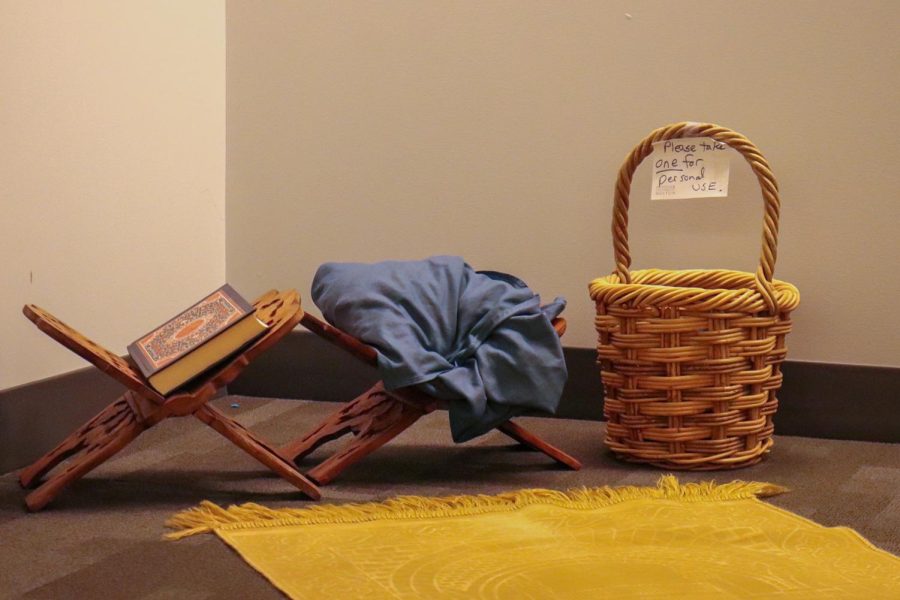France opened its first safe injection site last week in Paris, a space for addicts to use intravenous drugs such as heroin, equipped with a medical staff for the purposes of overdose prevention, according to BBC.
The site is located near Gare Du Nord train station in the 10th district, a high-traffic area in the city. Photos of the inside were posted on Twitter show gurneys, booths for injection with desks, chairs and needle receptacles. The site opened on Friday, and is expected to serve roughly 100 addicts per day during its six-year trial run, according to the Associated Press.
Safe injection sites, often referred to as “shooting galleries” by the French public, not only provide a safer locale for intravenous drug use, but clean needles to heroin users to prevent needle sharing and the spread of infection such as HIV, a common threat to intravenous drug users.
France joins a group of European neighbors in adopting the use of the sites, which includes Germany, Spain, Norway, and the first ever adopter, Switzerland. The Swiss site in Berne opened its doors in 1986, providing hot meals and safety tips in addition to clean needles, according to the Associated Press.
Another site, located at Vancouver Coastal Health in Canada, opened in 2003 as part of a pilot program, the first of its kind in North America, according to Senior Media Relations Officer Anna Marie D’Angelo.
D’Angelo said, in an interview with The Suffolk Journal, that the operating hours of the injection site (Insite) were extended in August due to high influx of clients. Lines formed outside the doors every morning before the Insite opened its doors.
“There have been over three million injections and not one overdose death in the facility,” D’Angelo said.
Vancouver’s Insite drew influence from its European counterparts as well as a branch in Australia.
D’Angelo emphasized the Insite’s goal of harm reduction above all else. Vancouver Coastal Health, through clean needle availability and connection of clients to health care services, seeks to lessen the detrimental effects on local users.
“We look at this through a medical lens,” she said.
Additionally, community concerns about increased crime and drug use during the opening of the Insite were found to be unsubstantiated.
“Crime did not increase throughout the area, D’angelo said. “The rate of drug use went down for a period of time.”
Suffolk Professor of World Languages Dr. Barbara Abrams has lived in France on and off throughout her life. Abrams, whose father wrote reports on drug abuse and treatment in France for the World Health Organization during her youth, is not surprised that France has lagged behind some of its Western European neighbors in opening an injection site.
“France thinks they are at the forefront of everything social,” Abrams said. “But they really aren’t.”
The breakthrough in legislation that legalized safe injection sites came after years of blockage by conservatives, according to the Associated Press. France’s drug policy remains stringent to this day, with a one-year sentencing for possession, mandated addiction treatment, and little emphasis placed on the quantity held by the offender.
Abrams notes that the prospect of mandatory treatment is a symptomatic approach to an issue that requires a more preventative approach.
“[A symptomatic approach] doesn’t work and only reassures the society that they are doing something about the problem,” she said.
Abrams recalls seeing clean needle dispensaries in areas like the 10th district, often alongside condom dispensers, long before the inception of the safe injection site. French policy and addiction treatment have improved greatly since her father’s time, in which alcoholism and drug abuses were lumped together.
“[French] treatment centers have become more proactive,” Abrams said.
A medical study by the British Columbia Centre for Excellence in HIV/AIDS, which took place in Vancouver, Canada, recruited over 800 drug users in 2002 to determine the effectiveness of safe injection sites. Over a two year period, the study concluded that the sites do not reduce the number of drug users , but does improve community order and reduce the amount of syringe sharing among users.
An additional study by the European Monitoring Center for Drugs and Drug Addiction also found that safe injection sites can be instrumental in identifying trends that emerge in drug use in a given location. This information can prove valuable to organizations seeking to reduce the use of controlled substances.
The improved community order runs contrary to the stigma that is associated with areas such as Boston’s own “methadone mile,” a stretch of Massachusetts Ave. known for its concentration of methadone clinics.
Even “methadone mile,” however, is starting providing services similar to safe injection sites, promoting a movement towards the acceptance of such locations in the U.S.
The Boston Health Care for the Homeless Program opened its Support Place for Observation and Treatment (SPOT) in April, a space for users to ride out the effects of a high and seek help, but not inject or consume drugs. The SPOT has served over 200 people, citing low incidents and transfers to emergency care.
Addicts will be monitored to determine whether or not this type of supervision will impact drug users.






